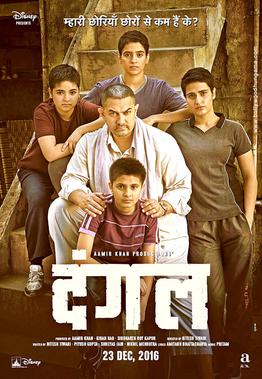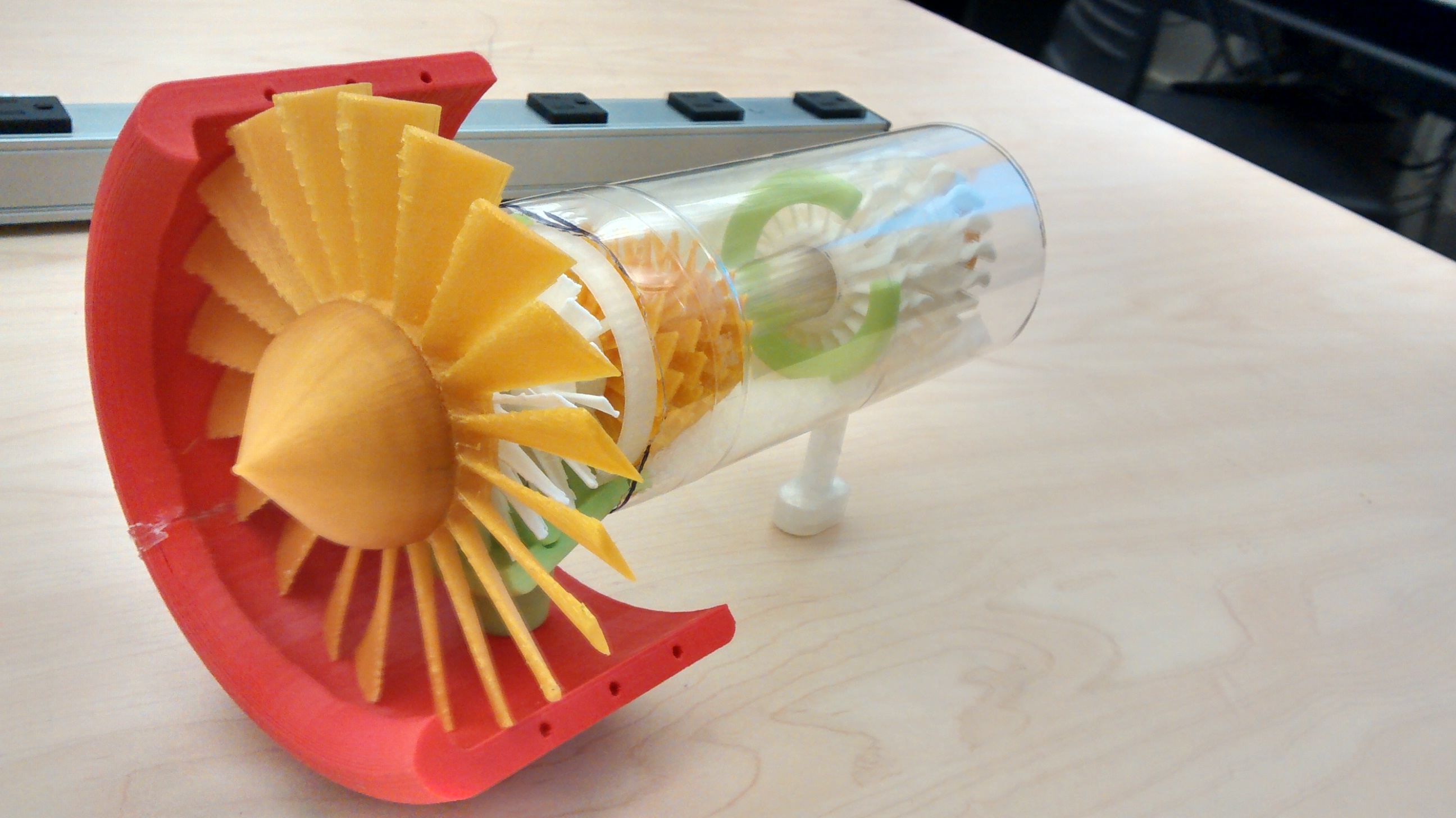It was August 2011, a few months before I quit the company, a gentleman tossed a question at me, “If I lose my job as a Java programmer to a computer which will write Java code by itself, then so will you. Without me, who will you teach?”
I had merely applied one of the trends of technology evolution and showed the participants of my workshop a demo that they would understand. Code that might write itself.
I had by no means hinted that I was going to fire him. But, I thought about this for quite some time.
Who will replace professors, trainers and consultants?
It is better that I replace myself rather than someone else, so I decided to record it all into a computer and deliver it as a course.
So, here goes. I am very glad to announce the launch of an online course on Design Thinking on an online platform called NPTEL - National Programme on Technology Enhanced Learning. I am co-teaching this course with Prof. Ashwin Mahalingam from IIT, Madras. The course is available at https://onlinecourses.nptel.ac.in/noc19%5Fmg23/. The course is now open for registration and we will start in Feb 2019. The wonderful folks at IISER, Pune, hard working people at NPTEL, my creative teaching assistant, Siddharth Maturi and his buddies - Nithin, Sam and Suprativ helped us with making this course possible.
Continue reading















